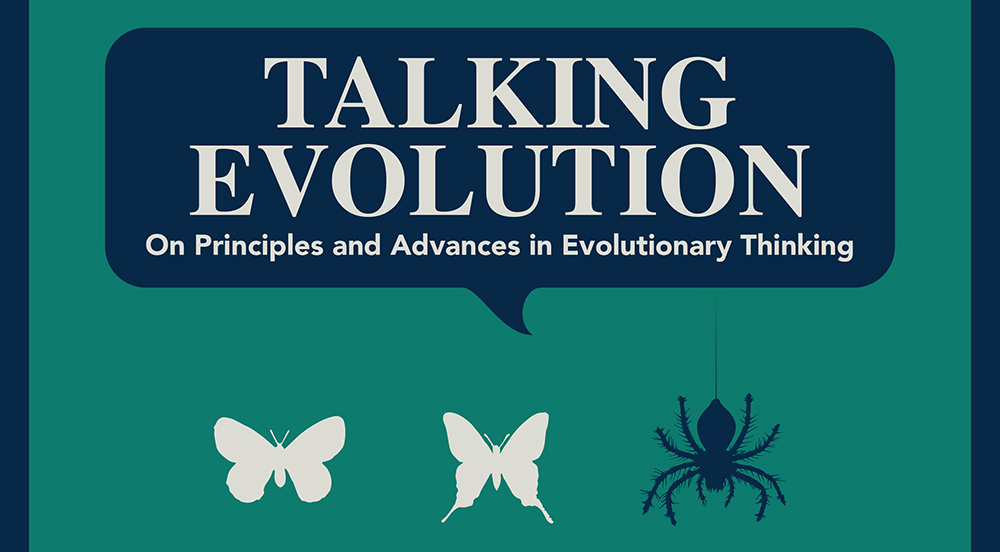Speaker
Description
Phenotypic plasticity and its converse (canalization) have been subject to many theoretical and empirical studies. Theory suggests that adaptive phenotypic plasticity can evolve in temporally or spatially heterogeneous environments through selection on the slopes or intercepts of reaction norms. For instance, Lande (2009, J. Evol. Biol. 22: 1435-1446) modelled reaction norm evolution following the invasion of a population in to a novel and extreme environment and he was able to partly capture the so-called "Baldwin effect". Modelling phenotypic plasticity as slopes of reaction norms and studying the evolutionary dynamics of such reaction norm slopes and their intercepts is a promising approach, but sofar there are few empirical quantitative studies investigating the strength of selection on reaction norm slopes or intercepts. In contrast, there are many empirical studies demonstrating genetic variation in reaction norms through family-based studies on genotype-by-environment interactions. Here, I will present some new empirical field data where we have tried to fill in this gap. We have quantified between-individual variation in reaction norm slopes and intercepts of body temperature changes in relation to the external thermal environment in two closely related and phenotypically similar species of damselflies (genus Calopteryx). We have also estimated the strength of selection on both slopes and intercepts in the field of these two damselfly species. Our results show that sexual selection does in some situations favour thermal canalization rather than thermal plasticity. These results will be discussed in relation to some general issues such as the roles of plasticity, canalization and regulatory behaviours in evolution.

